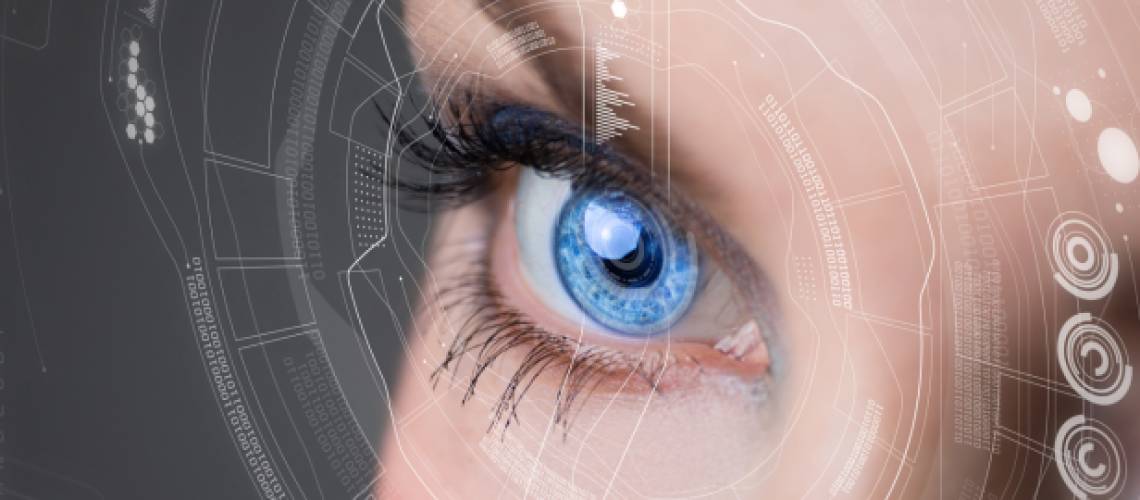Oculomotor Dysfunction
Oculomotor Dysfunction is a common vision problem. Oculomotor Dysfunction affects reading, sports, balance, depth perception as well as most visually related tasks.
A total of six muscles surround each eye. These muscles work with your brain to accurately control eye movements. Patients with oculomotor muscle impairment may experience several problems related to essential eye functions, including:
- Ability to move the eyes inward or outward to focus on objects near or far
- Ability to jump focus from one object to another
- Ability to maintain a steady gaze on a moving object
What are the symptoms of Oculomotor Dysfunction?
Those diagnosed with Oculomotor Dysfunction often experience the following signs or symptoms:
- Abnormal postural adaptations to focus the eyes such as moving the head to read
- Difficulty reading and reading comprehension
- Difficulty tracking or following objects
- Eye strain or eye fatigue
- Headaches
- Inability to maintain concentration or attention span
- Inaccurate hand-eye coordination
- Inconsistent work
- Loss of place, repetition, or skipping words and sentences while reading
- Motion sickness
- Poor coordination
- Poor visual memory
- Spatial disorientation
- Trouble discerning depth perception
A recent study noted that people with traumatic brain injury often have a constellation of eye movement (oculomotor) deficits. More than 90% of patients with mild traumatic brain injuries had some form of oculomotor dysfunction, according to the study.
Treatment by Virtual Reality
In the Osteo Health clinic, we can provide effective vision therapy and oculomotor rehabilitation for patients suffering from eye conditions resulting from concussions. Osteo Health Clinic improves the treatment of concussions and vestibular disorders with the use of eye-tracking in virtual reality . Within minutes, we can assess you objectively using scientific metrics. We provide interactive rehab targeted to your personal needs.
A 2018 research looked at 12 patients with mild traumatic brain injury who had vision related symptoms and gave them a program of rehabilitative oculomotor training (lasting six weeks with two three hour sessions per week) as well as placebo therapy. The researchers found that the rehabilitation program produced significant improvement in the patients’ oculomotor dysfunctions known as “accommodation” abilities. No improvement was found following placebo therapy.
How VR Works
A VR Platform comprises 8 minutes of virtual reality testing in which you perform simple tasks by moving head and eye in response to a set of specific neurological tasks. We generate a metric-based, quantitative report within seconds of collecting personal data using our secure cloud platform.
This interactive rehabilitation exercise program targets the same functions that were tested and shown in the report. VR Platform has over 20 interactive exercises. By using both models, we can offer you targeted rehabilitation, resulting in a faster recovery.
Consult with your osteopath
To book an appointment, call: 4038140404 or book online osteohealthcalgary.janeapp.com

